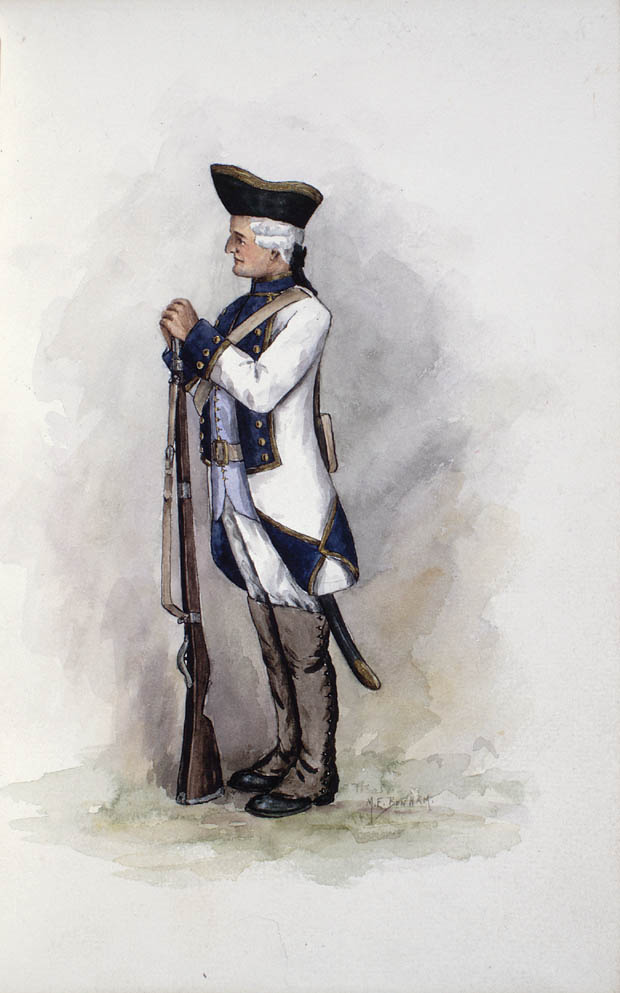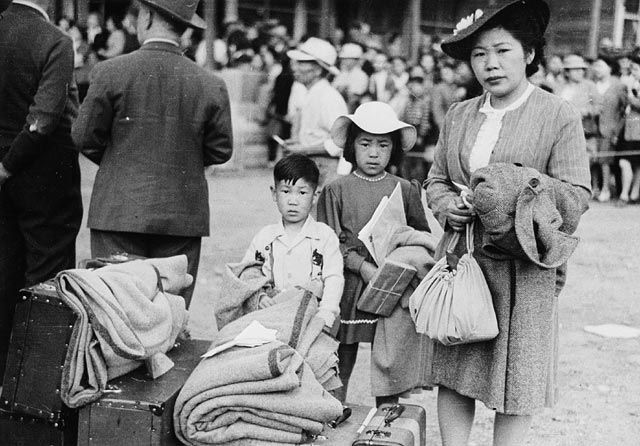Article
Troupes de la Marine
The Troupes de la Marine (also known as the Compagnies franches de la Marine) were French regular infantry soldiers under the control of the Ministère de la Marine. Their key purpose was to defend France’s overseas colonial possessions, including New-France. These soldiers can be considered Canada’s first permanent regular army.















